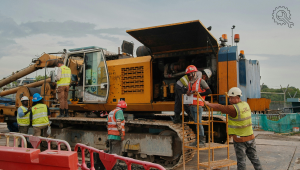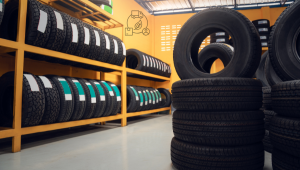Program Overview
This deep-domain program explores the fundamentals, processing techniques, and performance optimization of composite materials—from fiber reinforcements to advanced polymer matrices. Delivered by an industry expert with over 25 years of experience, the course provides a structured blend of material science, manufacturing processes (e.g., RTM, ATL, VARTM), non-destructive testing (NDT), and defect diagnostics. Rich with real-world case studies from aerospace, automotive, and energy sectors, it equips participants with actionable knowledge to select, design, process, and validate composites that meet functional and cost objectives. Simulations and practical exercises ensure participants can solve production and reliability challenges specific to their operations.
Features
- Identify and differentiate types of composite materials and their industrial relevance
- Select appropriate composite manufacturing techniques based on application needs
- Detect, interpret, and prevent defects through NDT and process optimization
- Apply composite engineering principles to enhance product strength-to-weight ratio
Target audiences
- Manufacturing, Design and Process Engineers
- QA/QC Professionals
- R&D Professionals
- Program Managers
Curriculum
- 9 Sections
- 43 Lessons
- 3 Days
- Foundation & Materials of Composites6
- 1.1Definition, natural vs. synthetic composites
- 1.2Historical evolution and significance
- 1.3Classifications: Fiber, Particle, Flake, Laminar, Filled
- 1.4Where composites outperform metals in modern industry
- 1.5Example: Bamboo → fishing rods, Adobe bricks → modern eco-construction
- 1.6Group activity: Identify composite use-cases in participants’ industries
- Constituents & Types of Composite Materials5
- 2.1Matrix types: Polymer, Metal, Ceramic
- 2.2Reinforcements: Glass, Carbon, Boron, Kevlar
- 2.3Comparison Table Exercise: Physical/mechanical properties: tensile strength, density, modulus
- 2.4Example: GFRP, CFRP applications in automotive and aerospace
- 2.5Property mapping Exercise: Match composite material to application challenge
- Polymer Matrix Composites (PMCs)5
- Prepreg Technology & Shop Conditions5
- Open & Closed Molding Processes5
- 5.1Open Molding: Hand lay-up, Spray-up, Vacuum bagging
- 5.2Closed Molding: Compression, Transfer, Injection Molding
- 5.3Advanced Processes: Autoclave curing, Resin Transfer Molding (RTM), VARTM
- 5.4Example: Wind turbine blade vs. automotive fender vs. boat hull
- 5.5Process selection decision matrix based on product type
- Automation & Advanced Shaping5
- Non-Destructive Testing & Evaluation (NDT/NDE)4
- Common Defects & Root Causes in Composites4
- Industry Integration & Value Engineering4







